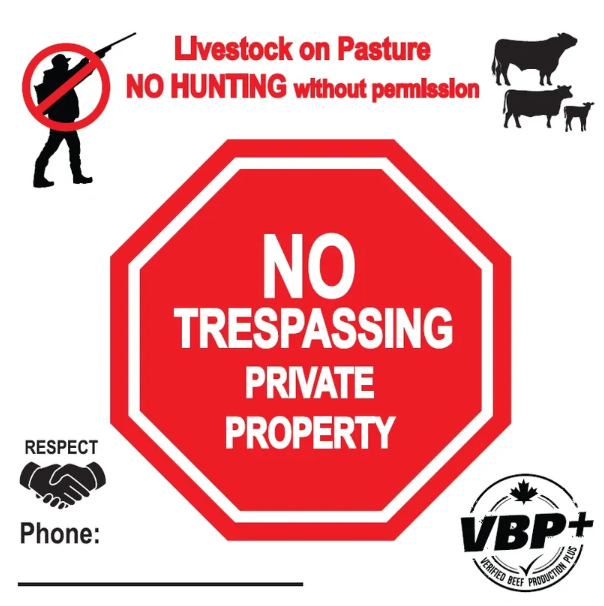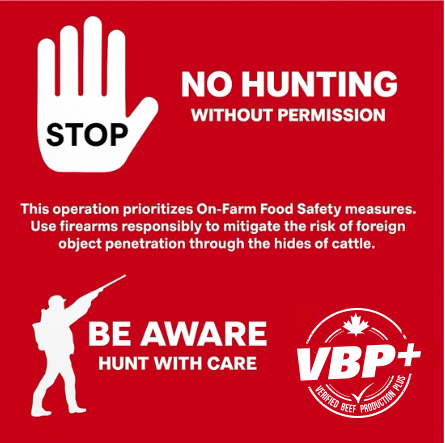Canada ushers in the fall season with beautiful colors, cooling weather, reduced daylight hours, migrating birds, mating ungulates like deer and elk, and scavenging bears. Depending on conditions in your region, cattle are often still out on pasture, on hay fields, swath or bale grazing or utilizing cereal crop residues.
Fall also coincides with hunting season. Producers can maintain the balance of biodiversity and wildlife conflict through managed and controlled hunting access. While managing access to your property by hunters, it is important to ensure these hunters are respectful of the presence of cattle on your operation to reduce the risk of unintended foreign materials in beef carcasses.
The potential of birdshot and buckshot in beef carcasses is an ongoing concern. As a landowner and/or manager of cattle, it is important that prevention and risk reduction remain a priority.
How to protect cattle and consumer trust by mitigating the risk of birdshot and buckshot in beef carcasses:
- Post “No Hunting” or “No Trespassing” signs on your property so only hunters with permission, and who have been informed of where cattle are located, hunt on your property.
- Inform hunters of your operation’s commitment to reducing the risk of foreign material contamination in carcasses and confirm their commitment to responsible hunting practices.
- Ensure that pastures and fields where cattle are grazing or feeding have good fencing to prevent cattle from straying into property where hunters are not aware of their presence.
How to reduce risk when using firearms:
- Consider zone of fire when using firearms to deter predators (e.g., coyotes, birds) near herds, feedlots or silage pits.
- Don’t use shotguns for loud sounds to help move difficult cattle from bush areas.
- Support training for new firearm users on the operation.
- Treat every shot as having the potential to travel and spread.
- Consider zone of fire and the right tool for the right job when performing necessary euthanasia.
Birdshot and buckshot contamination of beef carcasses can be a problem caused by irresponsible hunting or handling practices, so it is worth the effort to prevent these production-limiting, costly physical hazards that threaten consumer trust.


